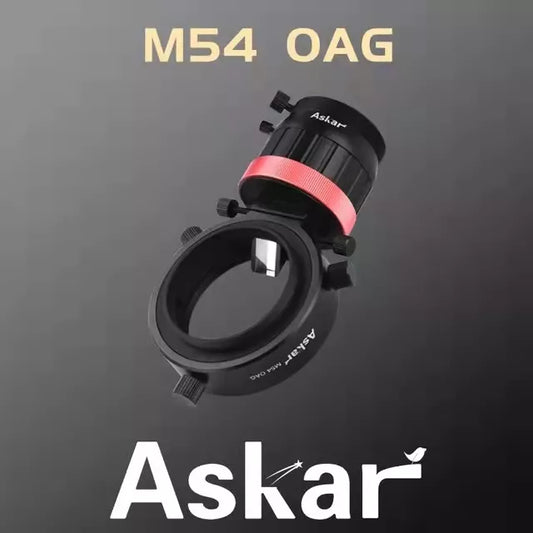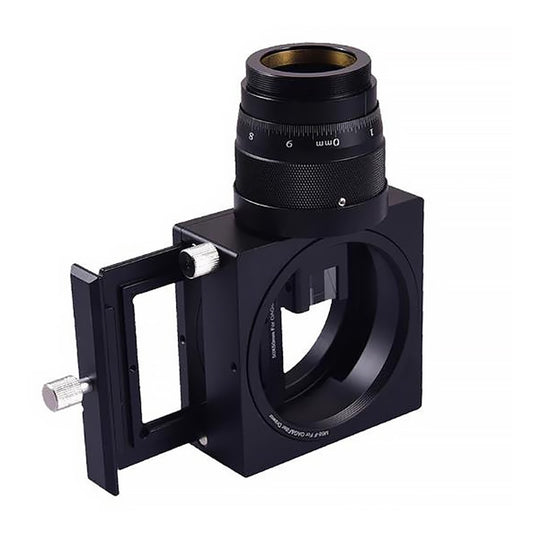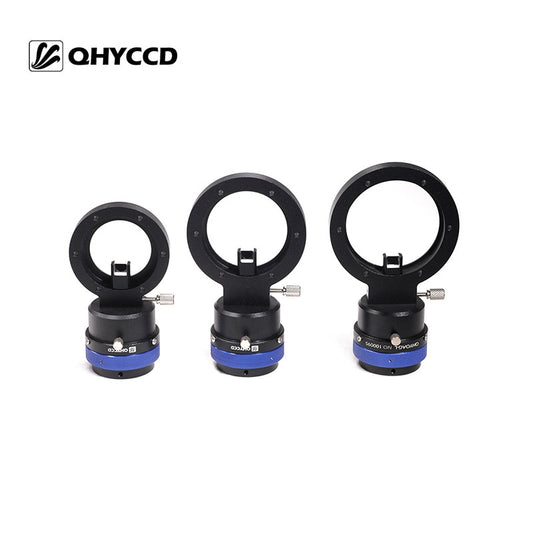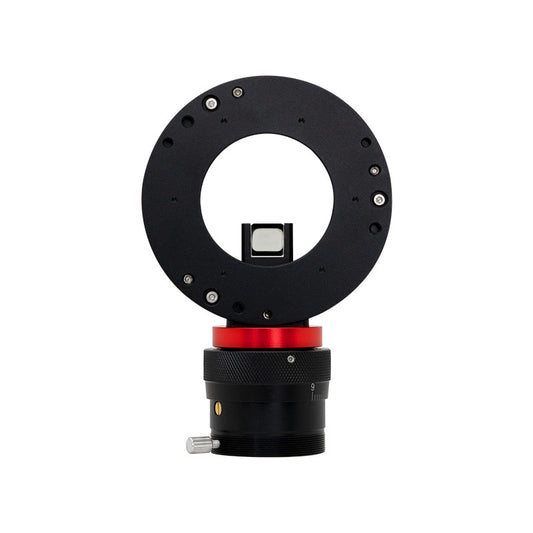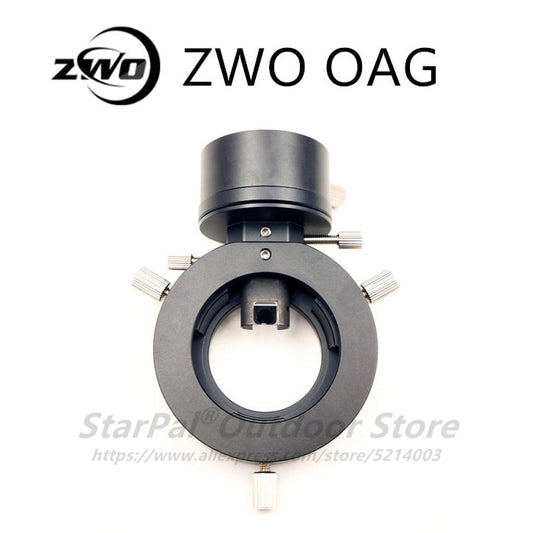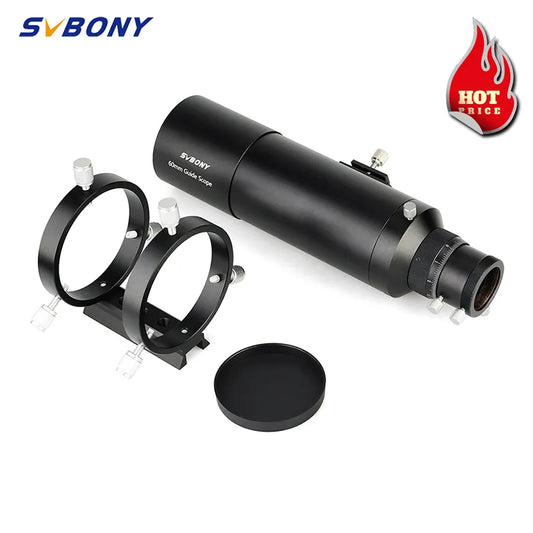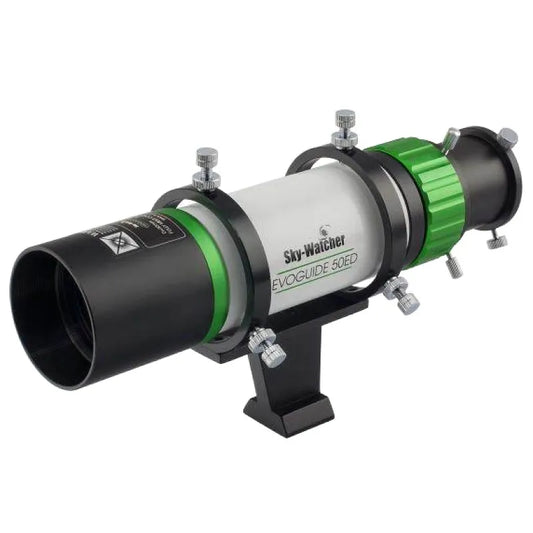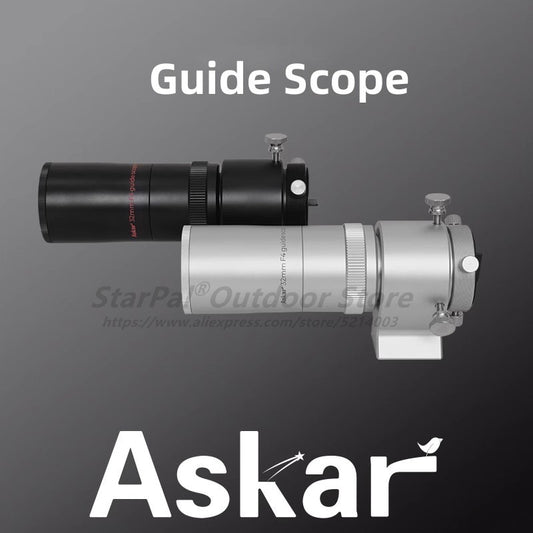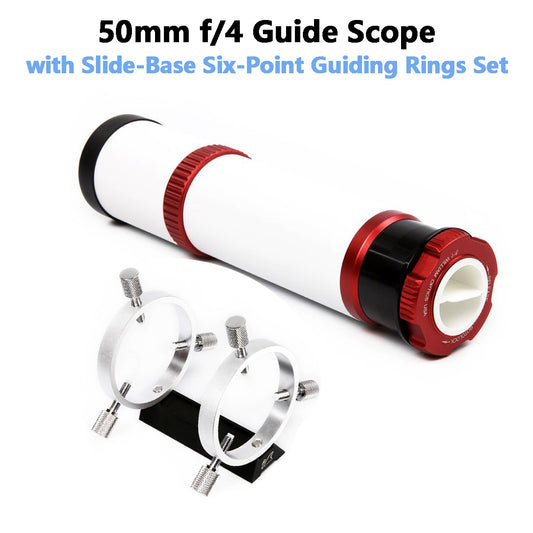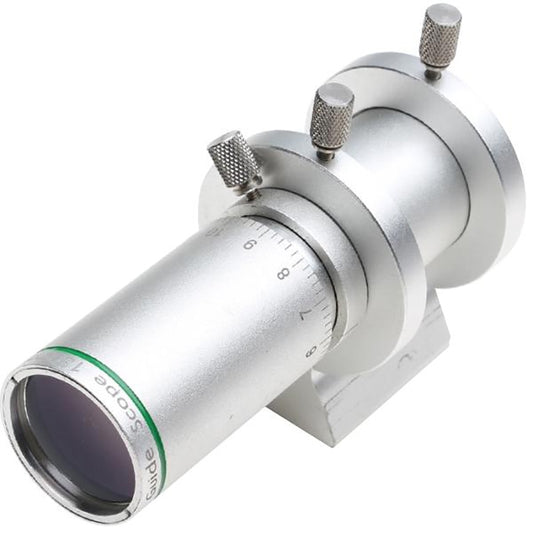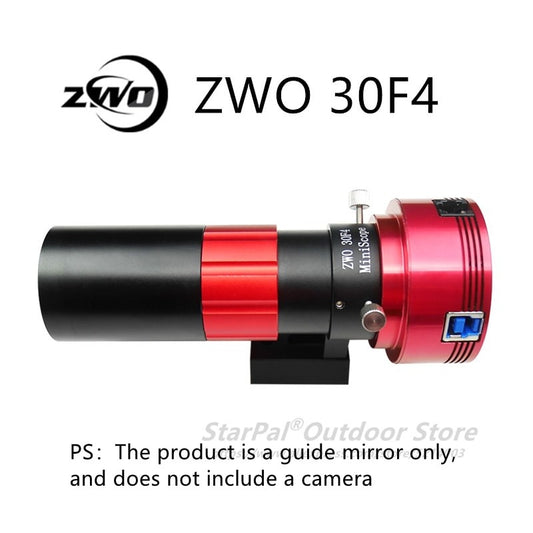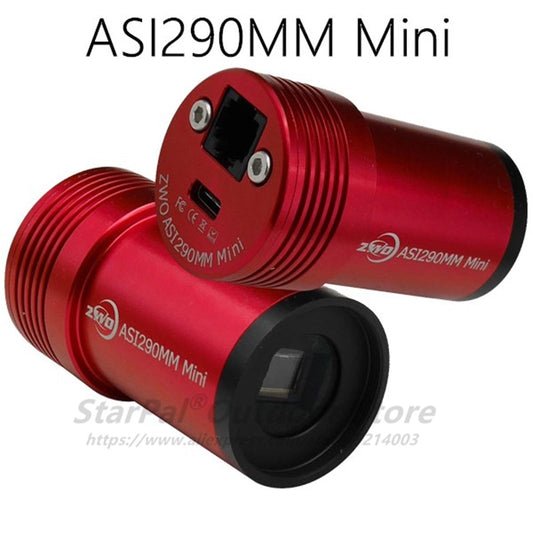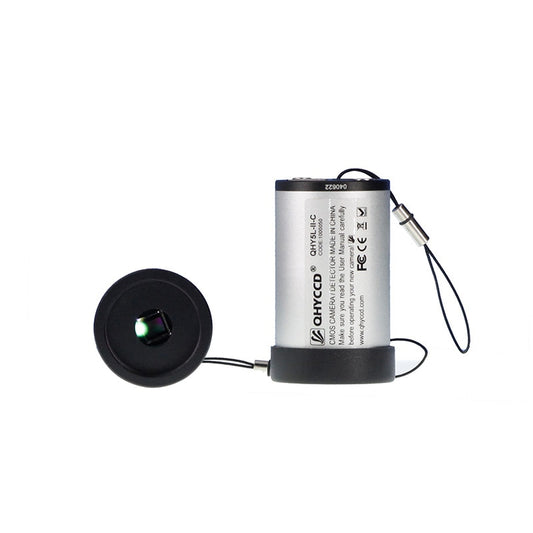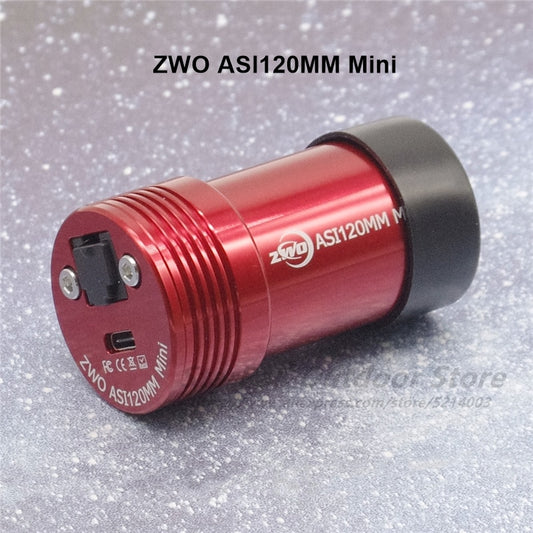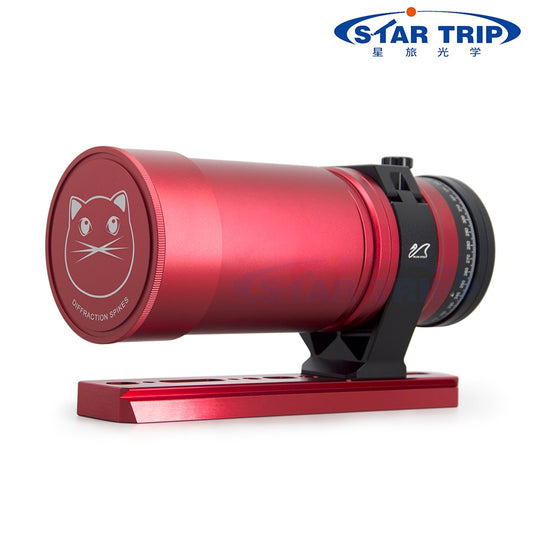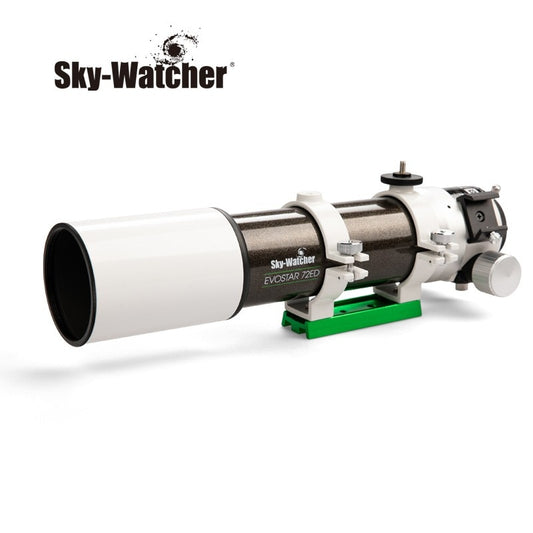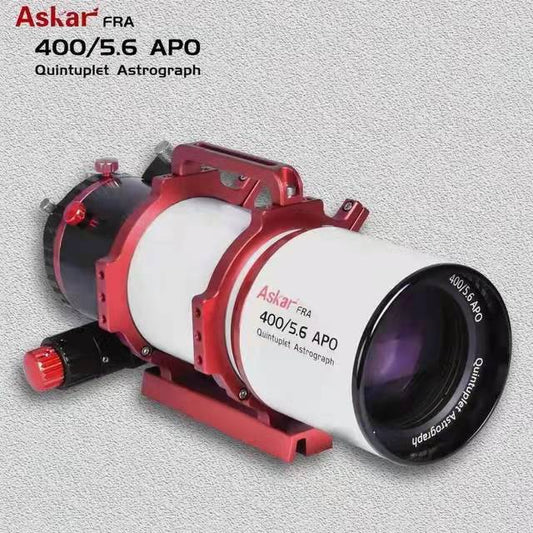In the realm of long exposure astrophotography, achieving precise tracking of the night sky is essential to capture those breathtaking celestial images. The Earth's rotation poses a constant challenge, requiring us to compensate for it meticulously. Enter the world of guiding, where we make those minute adjustments to keep our astrophotography on point.
The Role of Guiding
Guiding is the art of fine-tuning our telescope mounts to ensure they stay locked onto a specific target in the sky. In theory, this sounds straightforward, but in practice, even the tiniest discrepancies can throw off our tracking, leading to less-than-ideal results. The tolerances involved are microscopic, and various factors contribute to errors in the tracking rate.
Guidescope vs. Off-Axis Guider: The Showdown
One common approach to guiding is using a guidescope, which is essentially a secondary telescope mounted on top of the main imaging system. While this method can work, it's not always the most accurate solution, especially when precision is paramount. The guide camera operates under the assumption that it's tracking the night sky flawlessly. However, it may not be accounting for the exact errors that the main imaging camera and telescope are experiencing.
The Limitations of Guidescopes
Guidescopes have their limitations. Here are a few factors to consider:
- Refractors and Camera Lenses: Guidescopes may suffice for short focal length refractors and camera lenses. In these scenarios, their performance can be acceptable.
- Accuracy: However, when it comes to long focal lengths and reflector telescopes (as well as smaller refractors), the limitations become apparent. Achieving pinpoint precision with a guidescope can be challenging.
Enter the Off-Axis Guider (OAG)
The Off-Axis Guider (OAG) steps in as a superior solution for addressing the challenges of long focal lengths and reflector telescopes. The primary requirement for using an OAG is ensuring that your optical configuration has sufficient back focus. This essentially means that there's enough space in your setup to accommodate the OAG without causing conflicts. Once you've cleared that hurdle, the benefits become clear.
Sharper Data Capture with OAG
An OAG empowers you to make more accurate corrections for tracking errors, resulting in sharper and more detailed data capture. While setting up an OAG may require a bit more effort compared to a guidescope, the improvement in image quality is well worth it, especially for astrophotographers seeking the highest level of precision in their work.
Guidescope vs. Off-Axis Guider: Making the Right Choice
Choosing between a guidescope and an Off-Axis Guider ultimately depends on your astrophotography goals and equipment. Here's a closer look at when each option shines:
-
Guidescope Advantages:
- Simplicity: Guidescope setups are generally more straightforward to install and calibrate. They work well with short focal length refractors and camera lenses.
- Cost-Effective: If you're just starting or primarily use equipment with shorter focal lengths, a guidescope can be a budget-friendly option.
-
Off-Axis Guider Advantages:
- Precision: OAGs are the go-to choice for long focal lengths and reflector telescopes. They provide superior accuracy in tracking, resulting in sharper images.
- Minimized Flexure: OAGs are less prone to flexure issues compared to guidescopes, making them ideal for demanding astrophotography setups.
- Consistency: OAGs ensure that both the guide camera and imaging camera capture the same field of view, reducing tracking errors significantly.
Getting the Most Out of Your Astrophotography Setup
Now that we've explored the nuances of guidescope versus Off-Axis Guider, let's delve into some essential tips to help you maximize the potential of your chosen guiding system:
1. Precise Polar Alignment: Regardless of your guiding method, a precise polar alignment is crucial. Take the time to align your equatorial mount accurately to the celestial pole. Tools like polar alignment scopes or smartphone apps can be incredibly helpful in achieving this.2. Calibrate Your Guiding System: Whether you opt for a guidescope or an Off-Axis Guider, proper calibration is key. Calibrate your guide camera with your main imaging camera, ensuring that both are synchronized and tracking accurately together.
3. Guidestar Selection: When using a guidescope, selecting a suitable guidestar can be challenging, as the field of view may differ from your main imaging camera. With an Off-Axis Guider, this issue is eliminated, as both cameras share the same view.
4. Flexure Control: If you're using a guidescope, be mindful of potential flexure issues that can affect tracking accuracy. Invest in sturdy mounting solutions and consider guide scope rings to minimize flexure.
5. Guiding Software: Utilize guiding software to its fullest potential. Modern guiding software often includes advanced features for autoguiding, allowing you to fine-tune your tracking in real-time.
6. Regular Testing: Periodically test your guiding setup under different conditions to ensure optimal performance. This includes varying exposure lengths and imaging targets to evaluate the accuracy of your guiding system.
7. Patience and Practice: Astrophotography is an art that requires patience and practice. Don't be discouraged by initial challenges; instead, view them as opportunities to refine your skills and enhance your results.
Conclusion
Although a guidescope can suffice for shorter focal length refractors and camera lenses, an Off-Axis Guider (OAG) emerges as the superior choice when dealing with longer focal lengths and reflector telescopes, and it's also well-suited for smaller refractors.
To successfully implement an OAG, the primary prerequisite is ensuring that your optical configuration offers sufficient back focus. Other potential challenges can be effectively managed by following the steps outlined above. Remarkably, even with a substantial focal length of 2500mm, my setup encounters no difficulty in locating a suitable guide star.
The noteworthy advantage of employing an OAG lies in its ability to provide enhanced correction for tracking errors, resulting in crisper and more detailed data capture. This makes the effort required to set up an OAG a worthwhile investment for astrophotographers seeking superior precision in their imaging endeavors.



